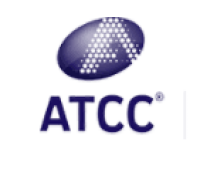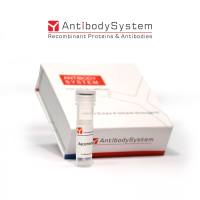Gene Delivery to Human and Murine Primitive Hematopoietic Stem and Progenitor Cells by AAV2 Vectors
互联网
883
The adeno-associated virus 2 (AAV2) is known to possess a broad host-range that transcends the species barrier (1 ). The broad host-range and nonpathogenic nature of AAV, coupled with its site-specificity and stable integration of the pro viral genome, have led to the development of recombinant AAV vectors (2 ). Recombinant AAV vectors have been shown to transduce certain cell types, such as muscle and brain, exceedingly well (3 –5 ). However, controversies exist with regard to the efficacy of AAV vectors in transducing human hematopoietic stem cells (6 ). Whereas some investigators have concluded that AAV vectors do not transduce human hematopoietic cells at all (7 ), other reports have documented the need for enormously high multiplicities of infection (MOIs) by AAV vectors for successful transduction (8 –13 ). Several groups, including my own, have reported successful transduction of these cells at relatively low MOIs (14 –17 ). Some of these controversies have been addressed in a recent review article (18 ).









